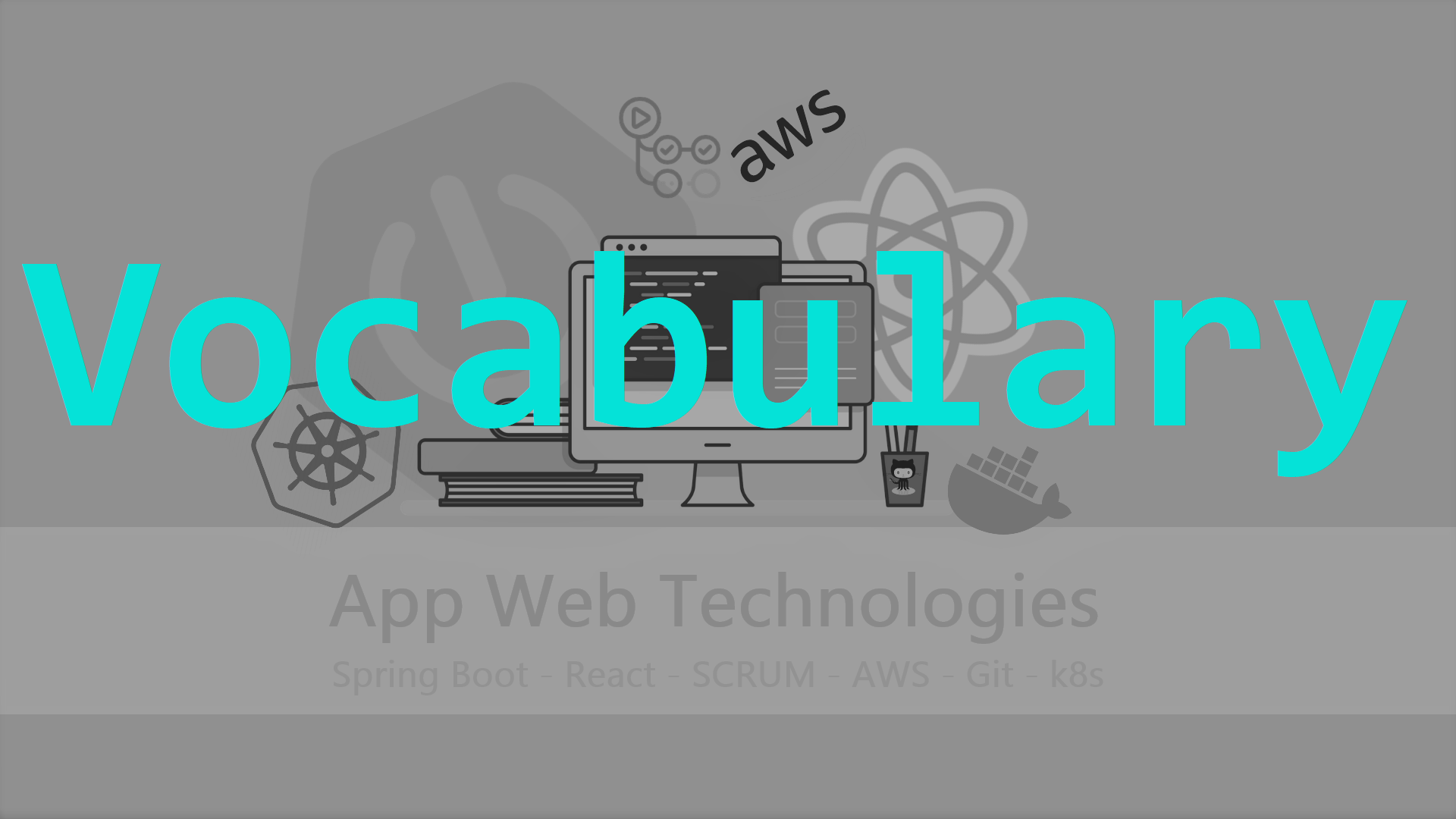Web Vocabulary
Technical terms and definitions
vocabulary
web
description
1 Vocabulary
| Term | Definition |
|---|---|
| CSS | Cascading Style Sheets, a language used to style HTML and define the visual presentation of web pages. It includes rules for layout, colors, fonts, and responsive design. Enhances the overall user experience. |
| Quarto | A modern document format combining the simplicity of Markdown with the power of LaTeX. Suitable for creating reports, books, and presentations, providing a versatile and extensible markup language. |
| Markdown | A lightweight markup language for creating formatted text using a plain-text syntax. Widely used for documentation, README files, and blogging. Provides a simple and readable way to structure content. |
| HTML | HyperText Markup Language, the standard markup language for creating web pages and applications. Defines the structure and elements on a web page, facilitating content organization and presentation. |
| SCSS | Sassy CSS, a superset of CSS that adds features like variables, nesting, and mixins. Enhances code maintainability and reusability, providing a more efficient way to style web applications. |
| Multipage | A term indicating a website with multiple interconnected HTML pages. Common in traditional web development, where each page serves a distinct purpose or content section. |
| Refresh and History | In web browsers, the refresh function reloads the current page, while the history maintains a record of visited pages. Important for navigation and maintaining a consistent user experience. |
| Responsive | A design approach ensuring a web application adapts and provides an optimal user experience across various devices and screen sizes. Utilizes flexible layouts and media queries to achieve adaptability. |
